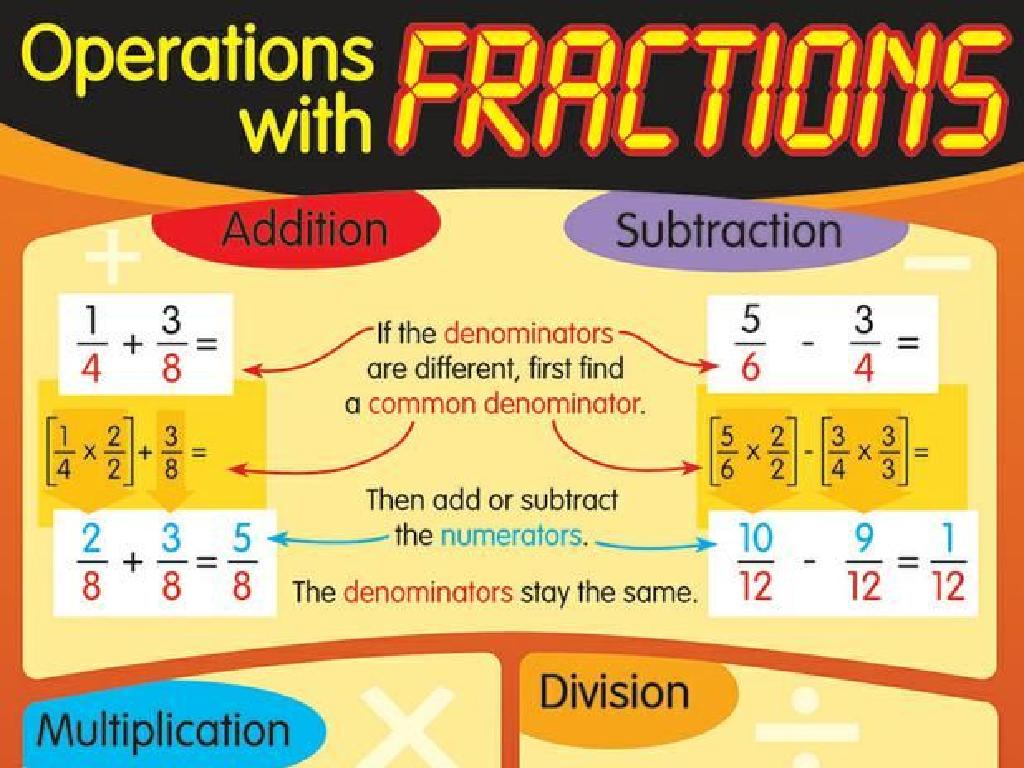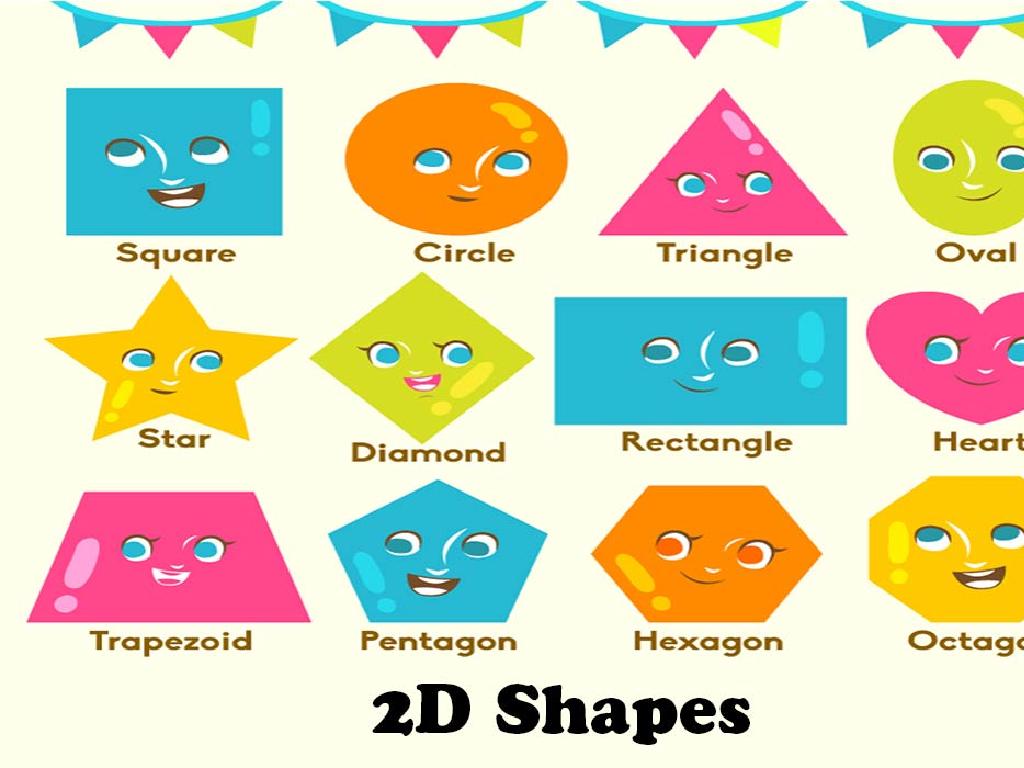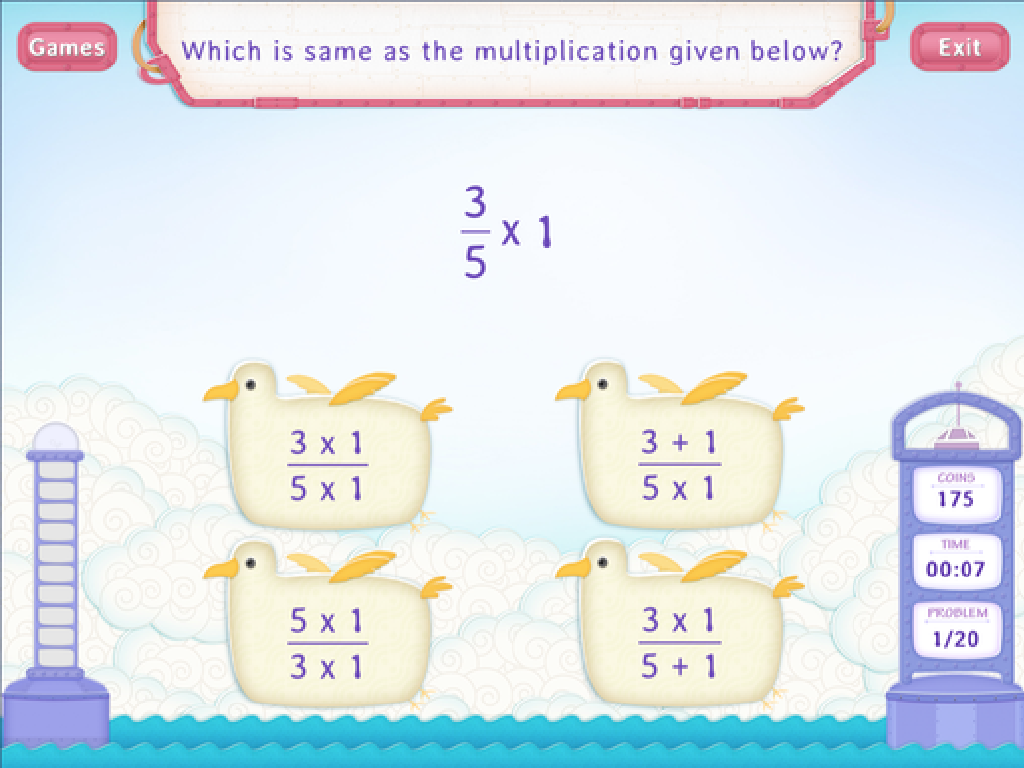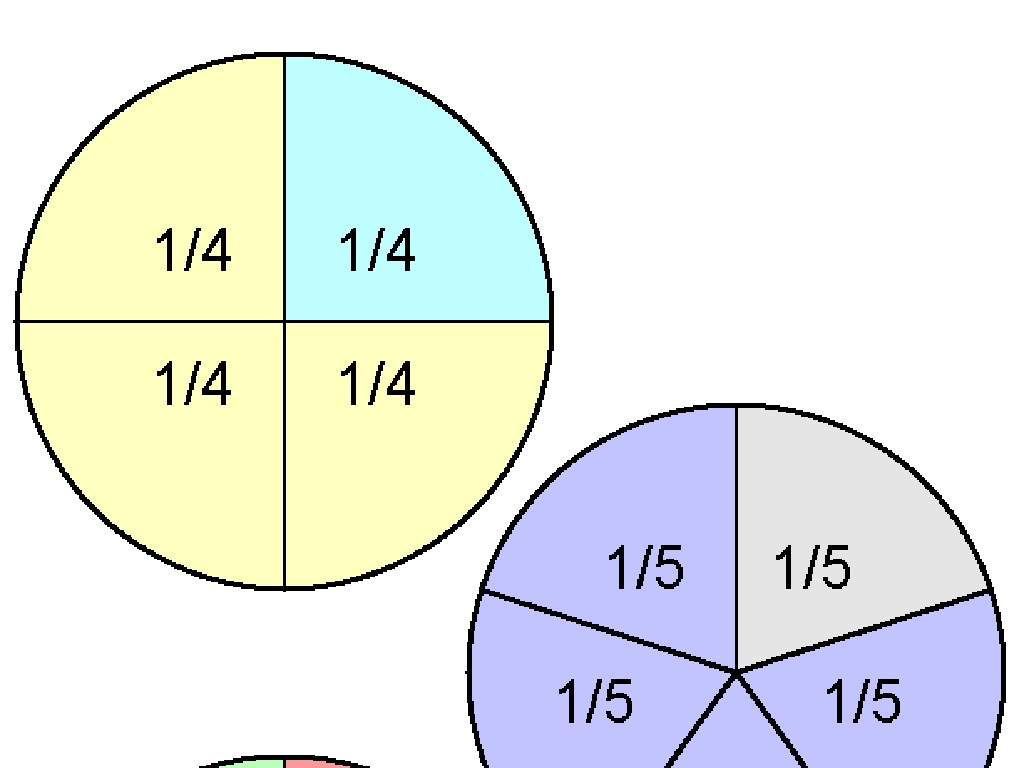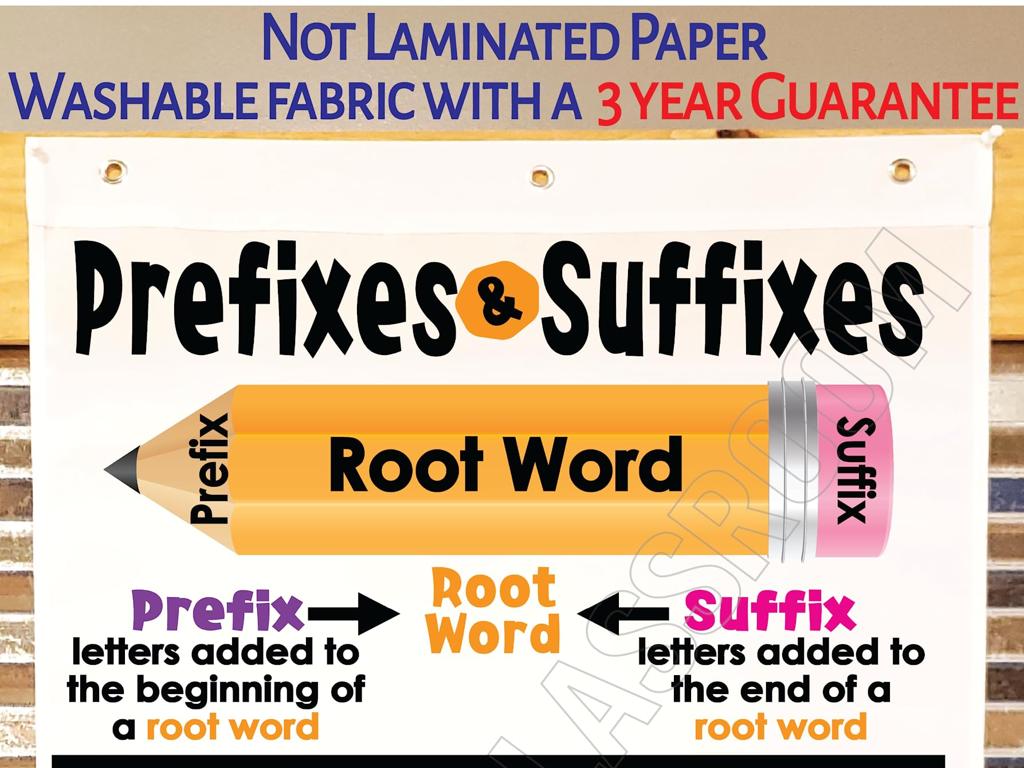Shapes Of Everyday Objects Ii
Subject: Math
Grade: Second grade
Topic: Three-Dimensional Shapes
Please LOG IN to download the presentation. Access is available to registered users only.
View More Content
Welcome to 3D Shapes!
– Greet the class with enthusiasm
– Explore everyday 3D shapes
– Think of balls, boxes, and cans
– Learn about 3D shapes around us
– Cubes, spheres, and cylinders are everywhere
– Engage with shapes in a fun way
– We’ll play games to find these shapes
|
Begin the class with a warm and energetic greeting to capture the students’ attention. Introduce the concept of three-dimensional shapes by relating them to familiar objects such as balls (spheres), boxes (cubes), and cans (cylinders). Explain that unlike flat shapes, 3D shapes have depth, making them part of our everyday life. Use hands-on activities and games to help students identify these shapes in the classroom or their homes. Encourage them to touch and interact with objects to better understand the concept of three dimensions. The goal is to make the learning process interactive and enjoyable, fostering a positive attitude towards math.
Exploring 3D Shapes
– 3D shapes have 3 dimensions
– Length, width, and height make up 3D shapes
– They are solid, not flat
– Examples: cubes, spheres, cylinders
– A dice is a cube, a ball is a sphere, a can is a cylinder
– We can hold and move 3D shapes
– Unlike pictures, 3D shapes take up space
|
This slide introduces students to the concept of three-dimensional shapes. Emphasize that 3D shapes have three dimensions: length, width, and height, which make them solid objects that can be picked up and held, unlike flat, two-dimensional shapes. Use tangible examples that children are familiar with, such as a dice (cube), a ball (sphere), and a can (cylinder), to help them relate to the concept. Encourage students to explore their surroundings and identify 3D shapes they come across in their daily lives. This will help them understand that 3D shapes are not just in math books but are all around them.
Cubes Around Us
– A cube has 6 square faces
– All faces are equal in size
– Cubes in everyday life
– Dice, boxes, and building blocks
– Let’s find cube-shaped objects!
– Look around to spot cube shapes
|
This slide introduces students to the concept of cubes in the context of everyday objects. Start by explaining that a cube is a three-dimensional shape with six faces, and all the faces are squares of the same size. Show them examples of cubes like dice and boxes to help them visualize. Encourage the students to look around their homes and classrooms to find objects that are shaped like cubes. This activity will help them recognize cubes in the real world and understand their properties. It’s a fun way to connect math concepts to the tangible world, enhancing their spatial awareness and recognition skills.
Spheres Around Us
– A sphere is round everywhere
– Spheres are in daily life
– Examples: basketball, orange
– Sports and fruits often have sphere shapes
– Think of more sphere objects!
– Use imagination to find spheres at home or school
|
This slide introduces students to the concept of spheres by relating them to familiar objects. Emphasize that a sphere is a three-dimensional shape that is perfectly round from all sides. Show them a basketball and an orange to give concrete examples. Encourage the students to look around their environment at home or in the classroom to find objects that are shaped like spheres. This will help them understand the concept of spheres in a fun and interactive way. Ask them to bring or draw pictures of spherical objects they find for the next class to create a ‘Sphere Gallery’.
Cylinders Around Us
– A cylinder’s features
– Two flat ends and one curved side
– Spotting cylinders in daily life
– Look around your home or classroom
– Examples: cans and cups
– Soup cans, soda cans, and cups are common
– Activity: Find a cylinder
|
This slide introduces students to the concept of cylinders by highlighting their key features and encouraging them to find real-life examples. Start by explaining that a cylinder has two identical flat ends in the shape of circles and one curved side that connects them. Then, ask the students to look around their immediate environment for any objects that match this description. Provide examples such as cans and cups to help them get started. For the activity, have each student choose one cylindrical object and share it with the class, discussing its features. This will help them to better understand the shape and how it appears in everyday objects.
Cones and Pyramids: 3D Shapes Around Us
– A cone has a circular base
– It narrows smoothly to a point
– Pyramids have a polygon base
– The sides meet at a single point
– Ice cream cones are like cones
– Think of the yummy treat on a summer day!
– Egyptian pyramids resemble pyramids
– Imagine the ancient structures in Egypt
|
This slide introduces students to the concepts of cones and pyramids, focusing on their basic properties and real-life examples. Emphasize that a cone has one flat face that is circular, and it tapers smoothly to a point called the apex. In contrast, a pyramid has a flat base that can be shaped like any polygon, and its faces are triangles that meet at a common point. Use familiar examples like ice cream cones to help students visualize cones and Egyptian pyramids to represent the pyramid shape. Encourage students to think of other examples of cones and pyramids they may encounter in their daily lives. This will help them connect the geometric concepts to the real world, making the learning experience more tangible and memorable.
Let’s Compare 3D Shapes!
– Cube vs. Sphere differences
– A cube has 6 flat faces; a sphere is perfectly round.
– Cylinder vs. Cone characteristics
– A cylinder has 2 flat faces; a cone has 1 flat face and a point.
– Discuss with a classmate
– Share your comparisons
|
This slide is designed to encourage active participation and discussion among students about the differences between various 3D shapes. Start by showing examples of each shape and pointing out their key features. For instance, a cube has six equal square faces and a sphere has no edges or vertices. A cylinder has circular faces at the top and bottom, while a cone tapers smoothly from a circular base to a point. Encourage students to think about objects they use or see every day that resemble these shapes. After the discussion, ask the students to share their thoughts with the class to reinforce their understanding and to practice using geometric vocabulary.
3D Shape Hunt in Our Classroom
– Let’s go on a classroom shape hunt
– Find objects matching 3D shapes
– Look for cubes, spheres, cylinders, etc.
– List the shapes you find
– Write them down or draw pictures
– Discuss the shapes as a class
|
This slide introduces a fun and interactive class activity where students will search the classroom for objects that resemble the 3D shapes they’ve learned about, such as cubes, spheres, and cylinders. Encourage them to look at their surroundings and identify shapes in context. Provide them with a worksheet to list or draw the objects they find. After the hunt, regroup and discuss the various shapes discovered, reinforcing their understanding of 3D shapes in a real-world setting. This activity will help students recognize and categorize shapes, enhancing their spatial awareness.
Class Activity: Shape Creators
– Create 3D shapes with clay/playdough
– Make a cube, sphere, cylinder, cone, pyramid
– Display your shapes on ‘Math is Fun’ table
– Discuss the properties of each shape
– How many faces, edges, and vertices does each shape have?
|
This activity is designed to help students understand three-dimensional shapes through tactile learning. Provide each student with clay or playdough and ask them to form a cube, sphere, cylinder, cone, and pyramid. This hands-on experience allows them to explore the properties of 3D shapes such as faces, edges, and vertices. After creating the shapes, students will place their creations on the ‘Math is Fun’ table for display. Encourage them to discuss the differences and similarities between the shapes. Possible activities include: comparing shapes, counting faces/edges/vertices, and discussing where they might see these shapes in real life. This will reinforce their understanding and help them recognize 3D shapes in their environment.
Review and Goodbye!
– Recap of 3D shapes learned
– Think about cubes, spheres, and cones we found
– 3D shapes in our environment
– Like balls (spheres) or boxes (cubes) at home
– Praise for today’s effort
– Homework: Find 3D shapes
– Spot and name 3D shapes around your house
|
This slide is meant to wrap up the lesson on three-dimensional shapes. Start by recapping the shapes discussed in the lesson, such as cubes, spheres, cones, cylinders, and pyramids. Emphasize that these shapes are not just in the classroom but are part of their daily lives. Praise the students for their hard work during the lesson and encourage them to continue observing their surroundings at home to identify 3D shapes. As homework, ask them to find examples of each shape discussed and bring their findings to the next class. This will help reinforce their understanding and recognition of three-dimensional shapes in a fun and interactive way.

